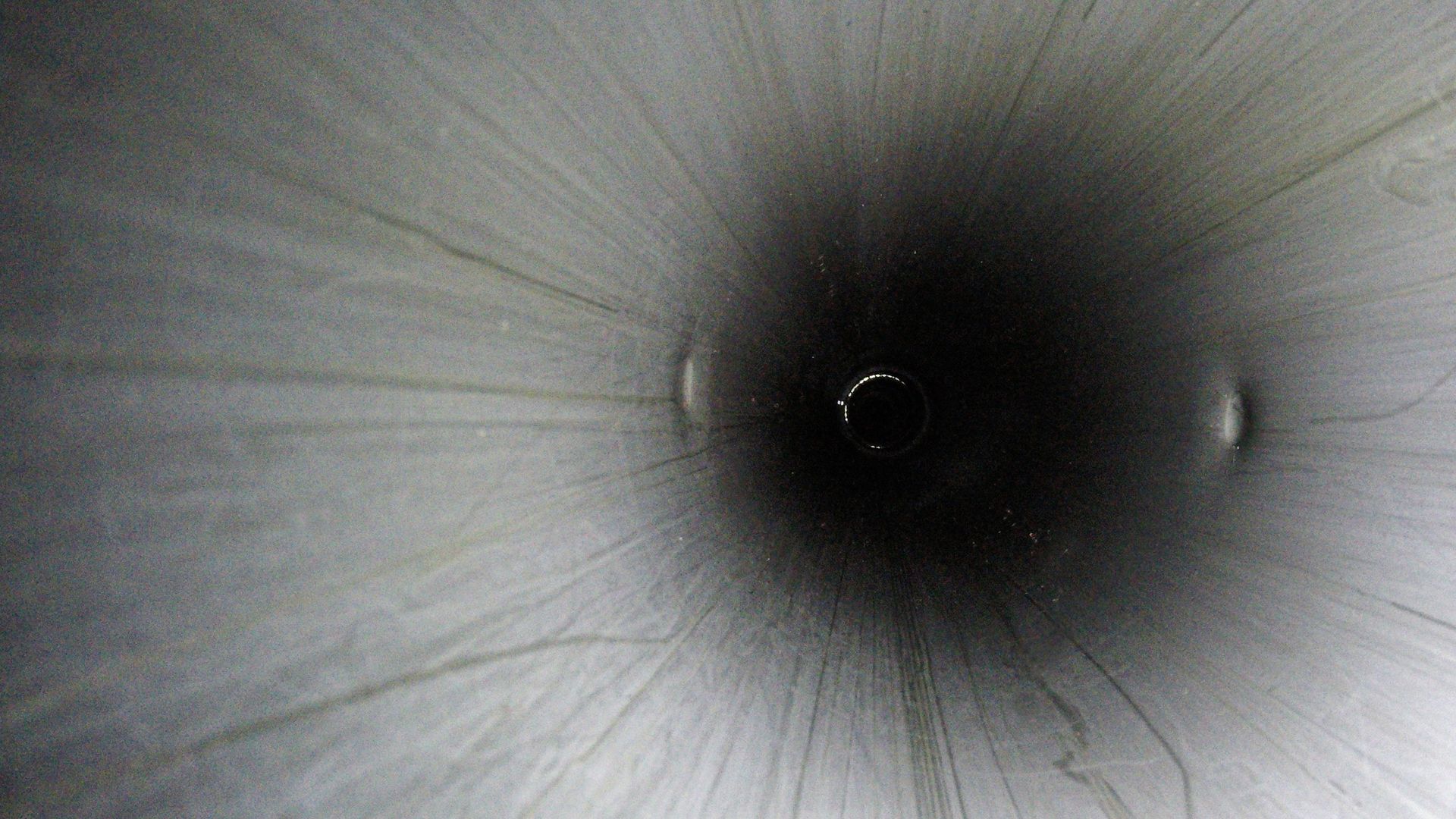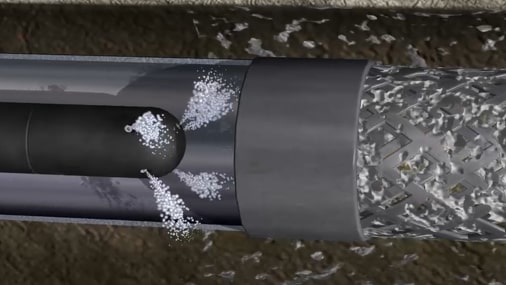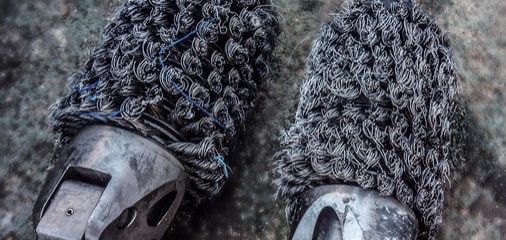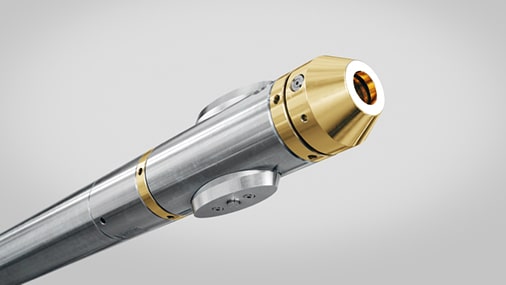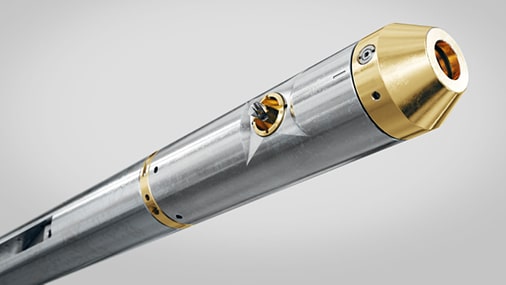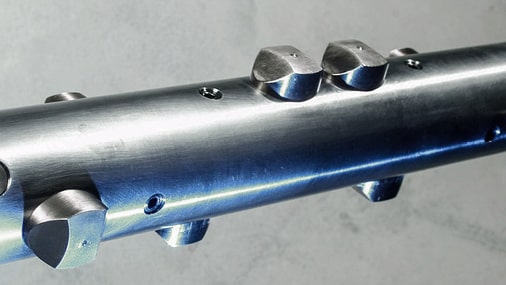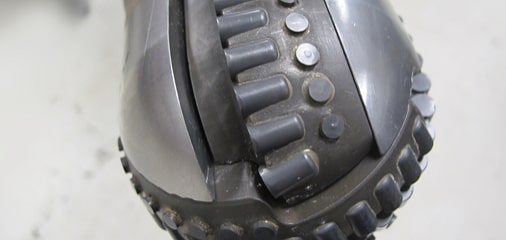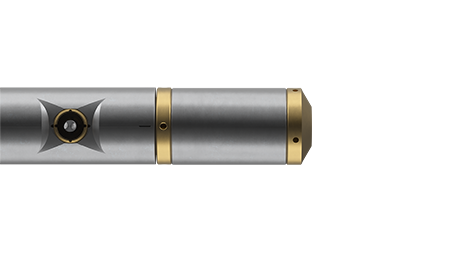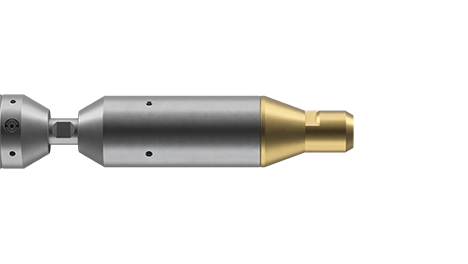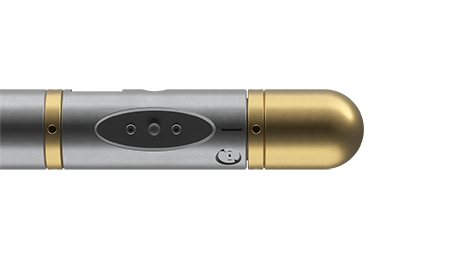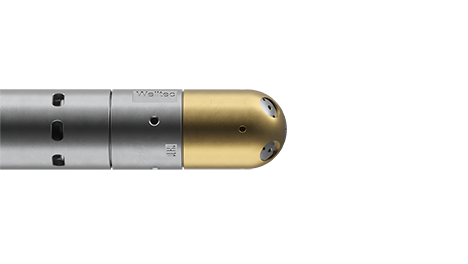Replacing conventional repair methodology
Repairing Tubing Retrievable Subsurface Safety Valves (TRSSSV) saves having to perform a lock open operation and from having to install a Wireline Retrievable Subsurface Safety Valve (WRSSSV) which will restrict production.
If functionality and/or integrity of a TRSSSV cannot be reinstated, the TRSSSV can be locked open and a WRSSSV installed, preventing the need to carry out a time consuming and expensive workover.
